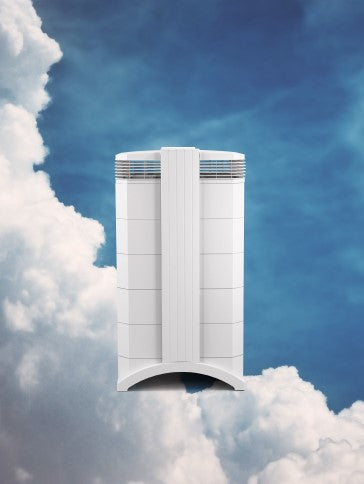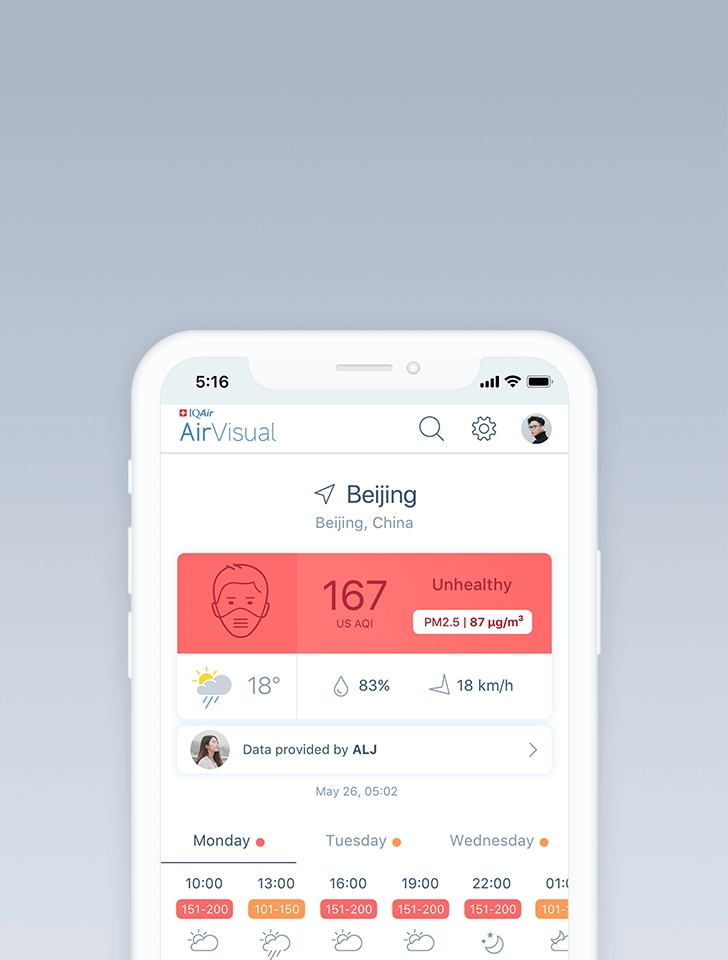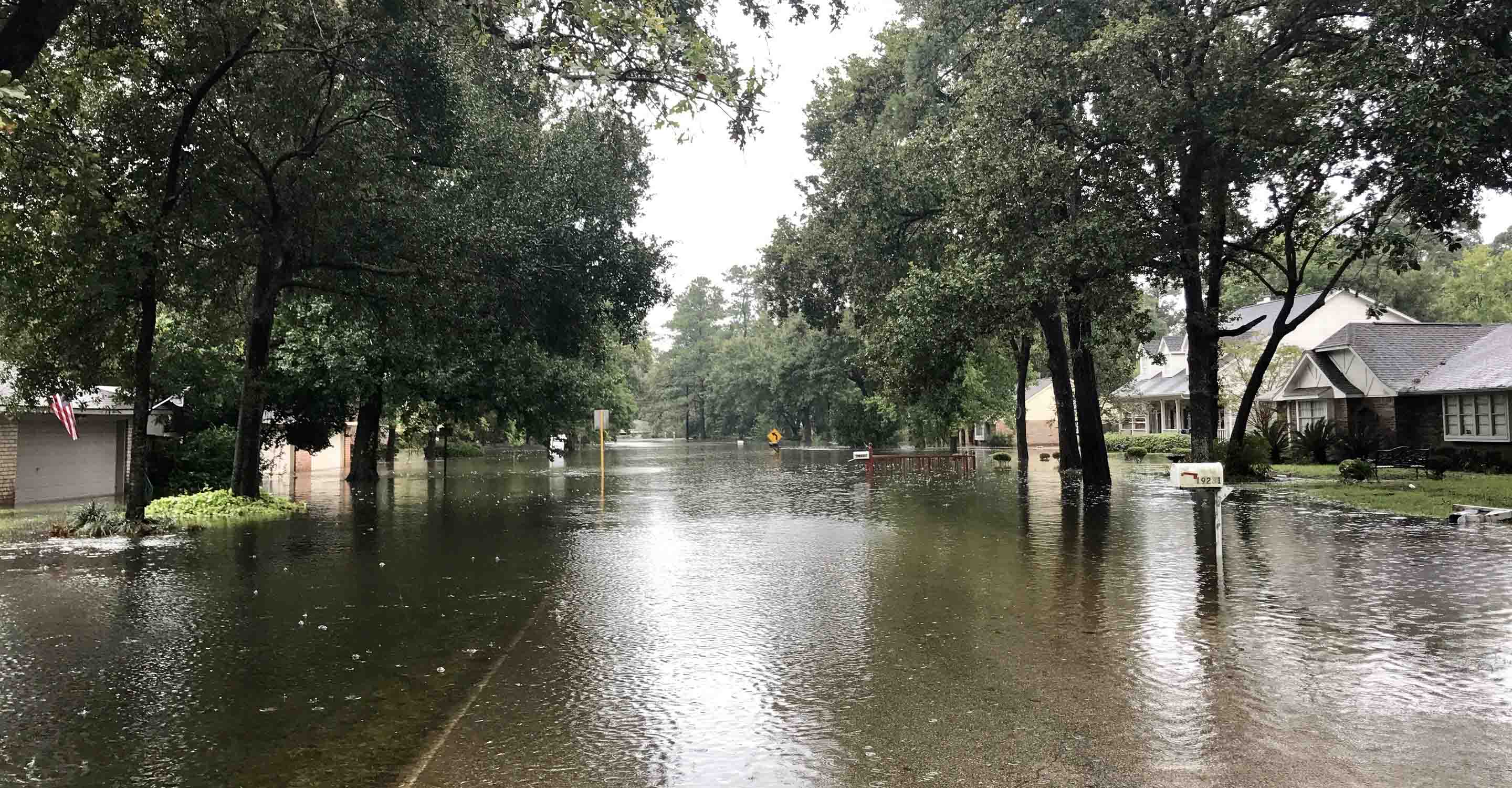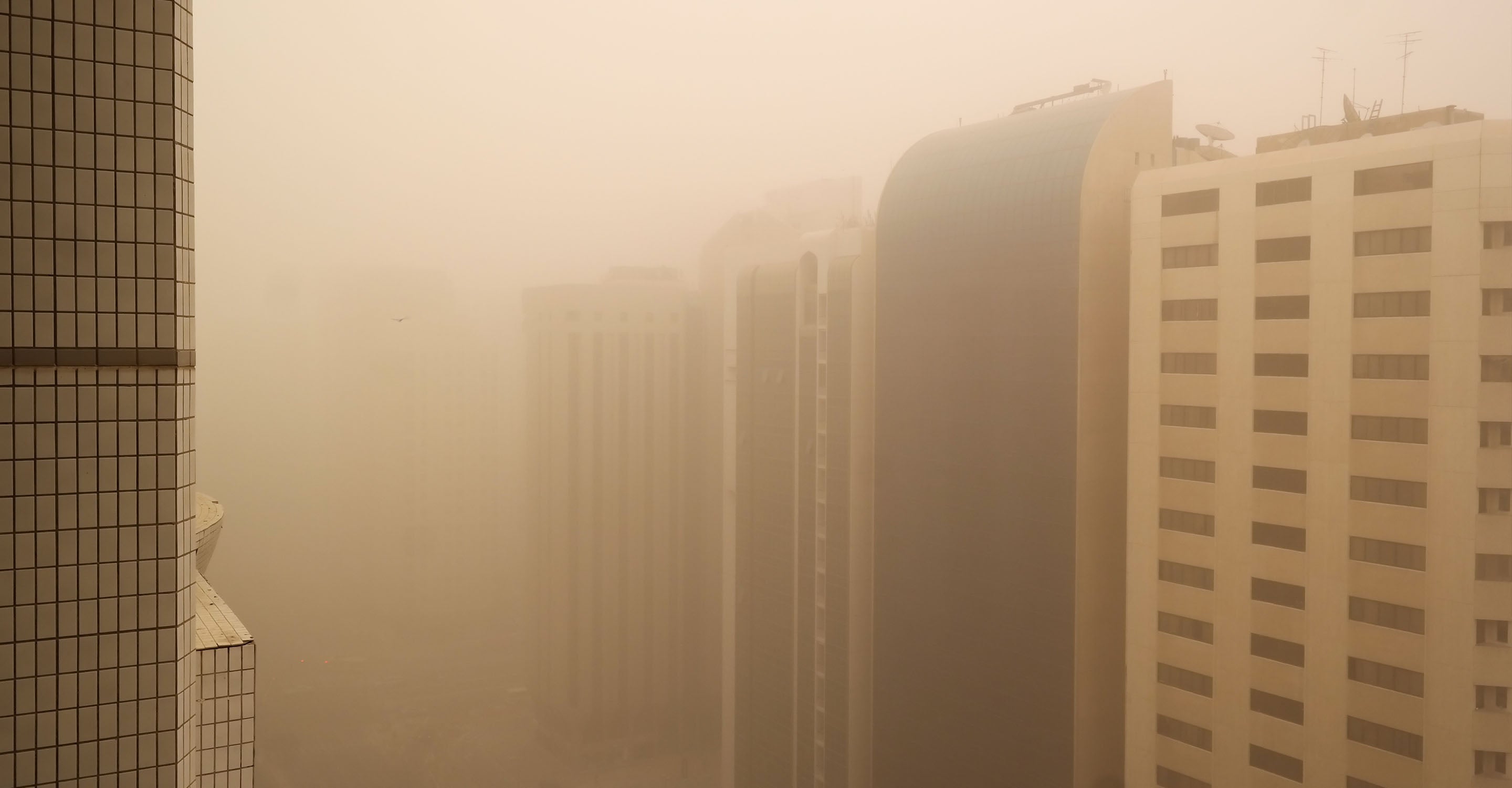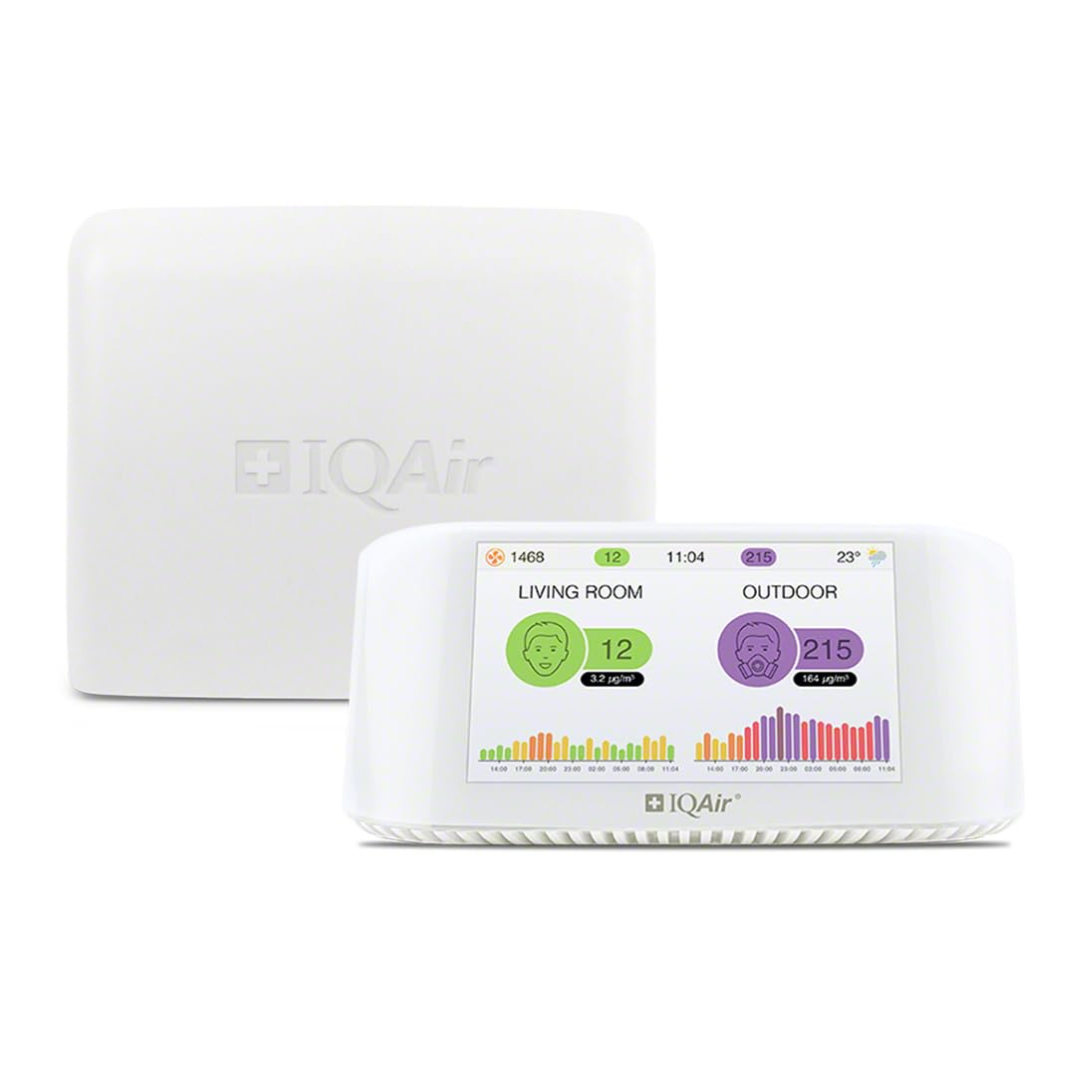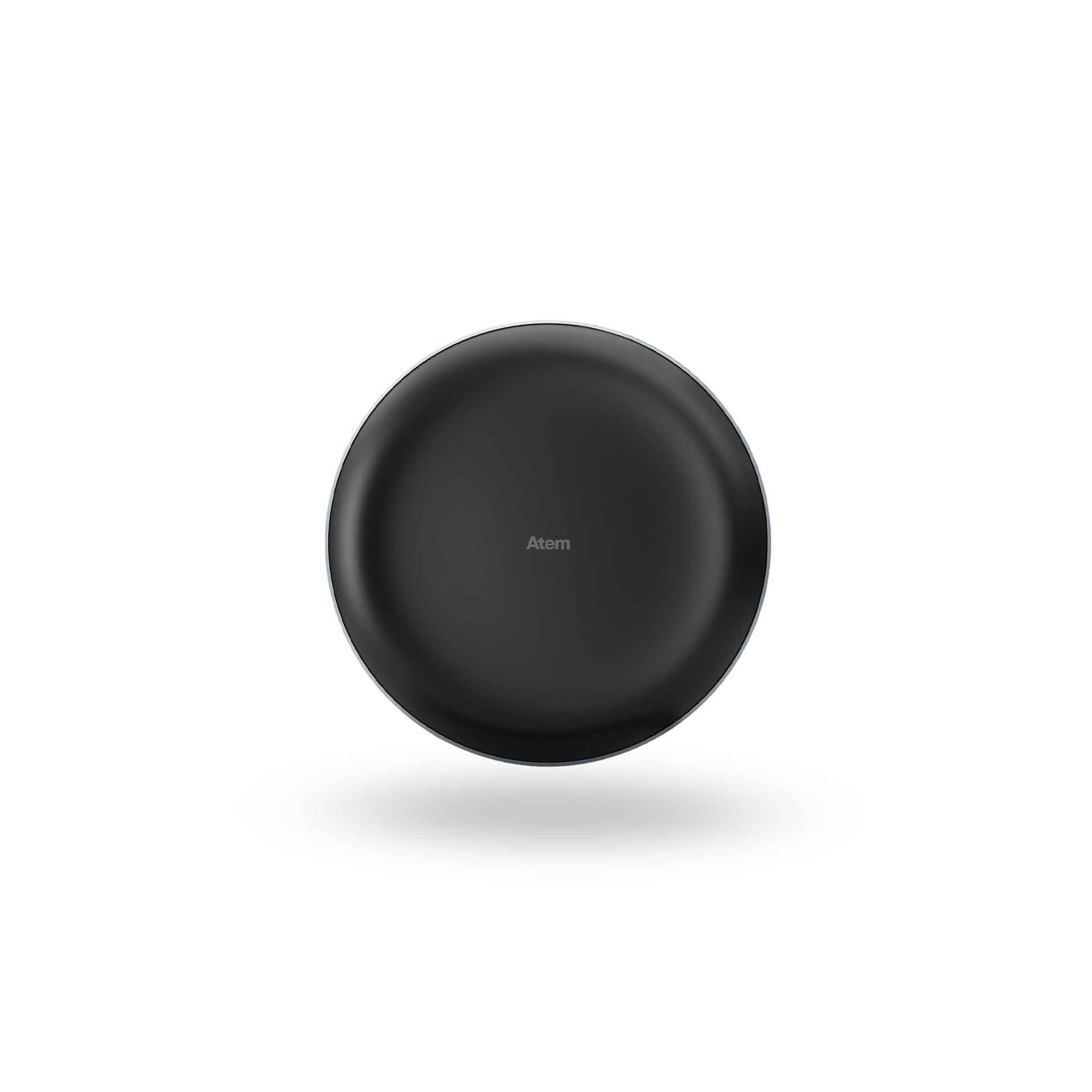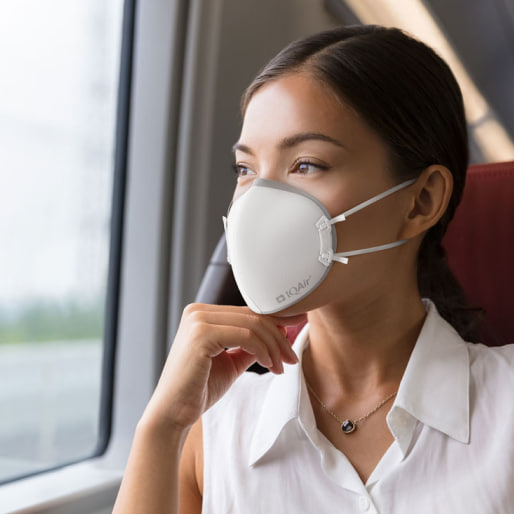Air quality in Tangshan
Air quality index (AQI) and PM2.5 air pollution in Tangshan
110.9K people follow this city

Tangshan Air Quality Map
Real-time Tangshan air pollution map
Weather
What is the current weather in Tangshan?
| Weather | Few clouds |
| Temperature | 68°F |
| Humidity | 28% |
| Wind | 7 mp/h |
| Pressure | 29.9 Hg |
live aqi city ranking
Real-time China city ranking
| # | city | US AQI |
|---|---|---|
| 1 | Tongliao, Inner Mongolia | 197 |
| 2 | Jinzhou, Liaoning | 194 |
| 3 | Hengyang, Hunan | 186 |
| 4 | Wujiaqu, Xinjiang | 180 |
| 5 | Changde, Hunan | 170 |
| 6 | Fuxin, Liaoning | 170 |
| 7 | Yongzhou, Hunan | 168 |
| 8 | Nanchong, Sichuan | 167 |
| 9 | Chaoyang, Liaoning | 160 |
| 10 | Bazhong, Sichuan | 158 |
(local time)
SEE WORLD AQI RANKING3D animated air pollution map

live Tangshan aqi ranking
Real-time Tangshan air quality ranking
(local time)
SEE WORLD AQI RANKINGUS AQI
101
live AQI index
Unhealthy for sensitive groups
Overview
What is the current air quality in Tangshan?
| Air pollution level | Air quality index | Main pollutant |
|---|---|---|
| Unhealthy for sensitive groups | 101 US AQI | PM2.5 |
| Pollutants | Concentration | |
|---|---|---|
| PM2.5 | 35.5µg/m³ | |
| PM10 | 81.5µg/m³ | |
| O3 | 124µg/m³ | |
| NO2 | 15µg/m³ | |
| SO2 | 5µg/m³ | |
| CO | 400µg/m³ | |
PM2.5
x7.1
PM2.5 concentration in Tangshan is currently 7.1 times the WHO annual air quality guideline value
Health Recommendations
What is the current air quality in Tangshan?
| Reduce outdoor exercise | |
| Close your windows to avoid dirty outdoor air GET A MONITOR | |
| Sensitive groups should wear a mask outdoors GET A MASK | |
| Run an air purifier GET AN AIR PURIFIER |
Forecast
Tangshan air quality index (AQI) forecast
| Day | Pollution level | Weather | Temperature | Wind |
|---|---|---|---|---|
| Monday, May 6 | Moderate 96 AQI US | 77° 55.4° | ||
| Tuesday, May 7 | Unhealthy for sensitive groups 111 AQI US | 78.8° 57.2° | ||
| Wednesday, May 8 | Unhealthy for sensitive groups 113 AQI US | 84.2° 57.2° | ||
| Today | Unhealthy for sensitive groups 101 AQI US | 84.2° 57.2° | ||
| Friday, May 10 | Unhealthy for sensitive groups 126 AQI US | 86° 60.8° | ||
| Saturday, May 11 | Unhealthy for sensitive groups 143 AQI US | 87.8° 60.8° | ||
| Sunday, May 12 | Moderate 66 AQI US | 77° 55.4° | ||
| Monday, May 13 | Moderate 62 AQI US | 77° 59° | ||
| Tuesday, May 14 | Moderate 67 AQI US | 84.2° 55.4° | ||
| Wednesday, May 15 | Unhealthy for sensitive groups 119 AQI US | 91.4° 62.6° |
Interested in hourly forecast? Get the app
How to best protect from air pollution?
AIR QUALITY ANALYSIS AND STATISTICS FOR Tangshan
How polluted is the air in Tangshan right now?
Tangshan is a coastal, industrial prefecture-level city in the northeast of Hebei province. It is located in the eastern part of the province and the northeastern part of the North China Plain. It is one of the 10 largest ports in all of China and is 149 kilometres east of Beijing. In 2010, a census estimated the population to be 7.5 million people of which 3.1 million lived in the metropolitan area.
In the first half of 2021, Tangshan was experiencing a period of “Moderate” quality air with a US AQI reading of 70. This United States Air Quality Index figure is a world recognised system of measurement and can be internationally used to compare air quality in one city with another, even if they are in separate countries. It is supported by the World Health Organisation (WHO).
It is calculated by measuring six main pollutants most commonly found in polluted air, in the case of Tangshan the concentration levels of the six main pollutants were as follows: PM2.5 - 21 µg/m³, PM10 - 91 µg/m³, ozone (O3) - 50 µg/m³, nitrogen dioxide (NO2) - 20 µg/m³, sulphur dioxide (SO2) - 6 µg/m³ and carbon monoxide (CO) - 0.4 µg/m³.
Even though this level is not extremely high, the advice given would be to remain indoors and close all doors and windows to prevent the ingress of more dirty air into the rooms. Those people of a sensitive disposition should avoid venturing outside until the air quality improves. The table published at the top of this page can help to decide when is safe again.
Is the level of air pollution in Tangshan the same throughout the year?
Air pollution is very volatile as it can easily be affected by many variables such as temperature, wind speed and sunlight, plus many more. It, therefore, comes as no surprise that air quality can change very quickly within just a few hours.
Looking back at the figures released for 2020, it can be seen that the best time of year for air quality was during the summer months of August and September when the air quality was classed as “Moderate” with figures between 12.1 and 35.4 µg/m³. In the five months of spring and early summer from March until the end of July the air was “Unhealthy for sensitive groups” with readings between 35.5 and 55.4 µg/m³. This classification was again the case from October until the end of December. The figures this time were 47.1, 45.1 and 45.8 µg/m³, respectively.
January and February returned the worst figures when the air quality could be classed as “Unhealthy”. 91.7 was the figure for January and 68.1 for February.
Records were first kept by the Swiss air monitoring company IQAir.com in 2017 when they recorded a level of 84.7 µg/m³. The following year saw another “Unhealthy” figure of 63.5 µg/m³. However, an improvement was noted in 2019 when the figure was 52.6 µg/m³ followed by a marked improvement in 2020 when the air quality measured in at 46.8 µg/m³. This could be an artificially lower figure due to the restrictions put into place because of the COVID-19 pandemic. Many private and commercial vehicles were prohibited from use because factories and offices had been instructed to cease operation for the time being. The closure of the factories also meant they were no longer polluting the air, albeit on a temporary basis. This phenomenon was noted in many other cities throughout the world.
Where does the polluted air in Tangshan come from?
Recently, the Beijing-Tianjin-Hebei region and its surrounding areas have experienced long-lasting, large-scale, and heavily polluting regional pollution processes, which have aroused widespread concern in society. Since 2017, nearly 2,000 experts have worked together to "find the root cause" of air pollution and "prescribe prescriptions". The sources of pollution were found to be coal, industry emissions, motor vehicle exhausts and dust which account for about 90 per cent of the air pollution.
The problems of heavy industrial structure, coal energy structure, and road transportation structure are prominent, and the total pollutant emissions are relatively high, far exceeding Environmental capacity. The city of Tangshan in the east also has outstanding characteristics of industrial pollution.
Look at the emission intensity: The industrial structure of this region is heavy. The energy structure is dominated by coal, and the transportation structure is dominated by roads. The output of steel, coke, glass, and raw materials all account for more than 40 per cent of the country, and the coal consumption per unit of land area is four times the national average. 80 per cent of the bulk materials are transported by diesel trucks, and the emission intensity from these vehicles is high.
The "root disease" of air pollution is emissions, the weather is the inducement, and the secondary conversion of complex particulate matter is the catalyst. Most of the primary pollutants in heavily polluted weather are PM2.5.
What can be done to improve the air quality in Tangshan?
In the "blacklist" of PM2.5 components, organic matters are ranked first. At present, there are more than 100 kinds of organic matter under test, mainly from the primary emission of loose coal combustion, motor vehicle exhaust and the secondary conversion of volatile organic compounds (VOCs). With the effective control of loose coal combustion emissions, the proportion of organic matter is declining.
The main source of energy in Tangshan is coal, in order for pollution levels to fall this needs to be changed to a cleaner sustainable form of energy such as natural gas or renewable energy.
What effect does polluted air in Tangshan have on human health?
The main pollutants in the air are particulate matter, a mixture of solids and liquid droplets mainly from fuel combustion and road traffic, nitrogen dioxide produced by road traffic or indoor gas stoves, sulphur dioxide from burning fossil fuels and ground-level ozone produced by the reaction of sunlight with pollutants in vehicle exhaust fumes.
The pollutant that affects people the most is particulate matter, usually abbreviated as PM and used as a measure of air pollution. Although particles with a diameter of 10 microns or less (≤PM 10 ) can penetrate and embed deep in the lungs, the ones that are more detrimental to health are those with a diameter of 2.5 microns or less (≤PM 2.5 ). These particles are very small, only one 60th the diameter of a human hair and can enter the bloodstream through the lung barrier.
Tangshan air quality data attribution
Where is the cleanest air quality in Tangshan?
- Fengnan Hetouli 62
- Qianxi Fourth Elementary School 81
- Xiaoshan 81
- Zunhua Local Taxation Bureau 82
- Zhengtai Street Thermal Station 84
- Gangyao Road Firefighter 86
- Taoci gongsi 86
- Shier zhong 90
- Wuzi ju 90
- Gongxiao She 92
- Lubei 94
- Luannan No. 3 Middle School 99
- Jidong Oilfield Workers Hospital 102
- Qian'an No. 1 Middle School 102
- Qianxi Environmental Protection Bureau 112
- Fengrun District Government 114
- Zunhua Environmental Protection Bureau 114
- Jinshan Elementary School 117
- Caofeidian Housing and Urban-rural Development Bureau 119
- Government Service Center 119
- Kaiping District Government Service Center 119
- Kaiping Shuidong Middle School 119
- Yutian Industrial Information Bureau 129
- Luanzhou Science and Technology Bureau 132

